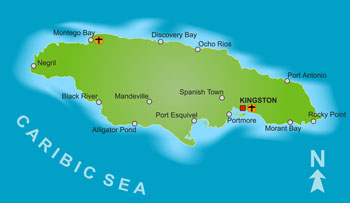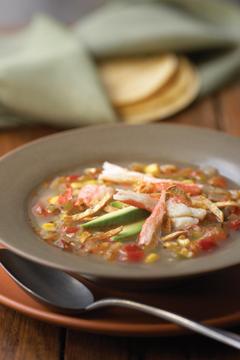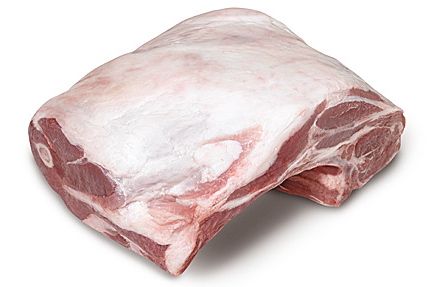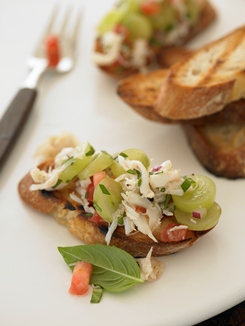Lesson Plan: Experience a World of Flavor—the Caribbean
Monday, 07 January 2013 12:08
 Volume VII in the World Culinary Arts Series at ciaprochef.com, focusing on the cuisines of Jamaica, Puerto Rico, Trinidad and Tobago.
Volume VII in the World Culinary Arts Series at ciaprochef.com, focusing on the cuisines of Jamaica, Puerto Rico, Trinidad and Tobago.
Take your students on a virtual tour of the islands of the Caribbean, where leading chefs and food authorities explain and demonstrate their culinary techniques in step-by-step detail. The Culinary Institute of America, in association with Unilever Food Solutions, presents “Savoring the Best of World Flavors: The Caribbean,” the seventh edition of the World Culinary Arts Series. A first-of-its-kind video reference library documenting the “gold standards” of world cuisines, these HD video podcasts are packed with cooking demonstrations, in-depth interviews and recipes.

 Did you know that a whopping 95% of all wild salmon is harvested in Alaska? From black cod to king crab to sockeye salmon, here’s a primer on Alaska’s sustainable finfish and shellfish for the classroom.
Did you know that a whopping 95% of all wild salmon is harvested in Alaska? From black cod to king crab to sockeye salmon, here’s a primer on Alaska’s sustainable finfish and shellfish for the classroom. Recognized for its elegance and flavor, lamb is a favorite protein of chefs across the globe. While most chefs think of rack of lamb, today’s economy as well as a desire to utilize the whole carcass challenges chefs to look at some of the lesser-known and economical cuts.
Recognized for its elegance and flavor, lamb is a favorite protein of chefs across the globe. While most chefs think of rack of lamb, today’s economy as well as a desire to utilize the whole carcass challenges chefs to look at some of the lesser-known and economical cuts.
 An e-learning module focusing on the versatility, nutrition and palate-pleasing power of California table grapes.
An e-learning module focusing on the versatility, nutrition and palate-pleasing power of California table grapes.